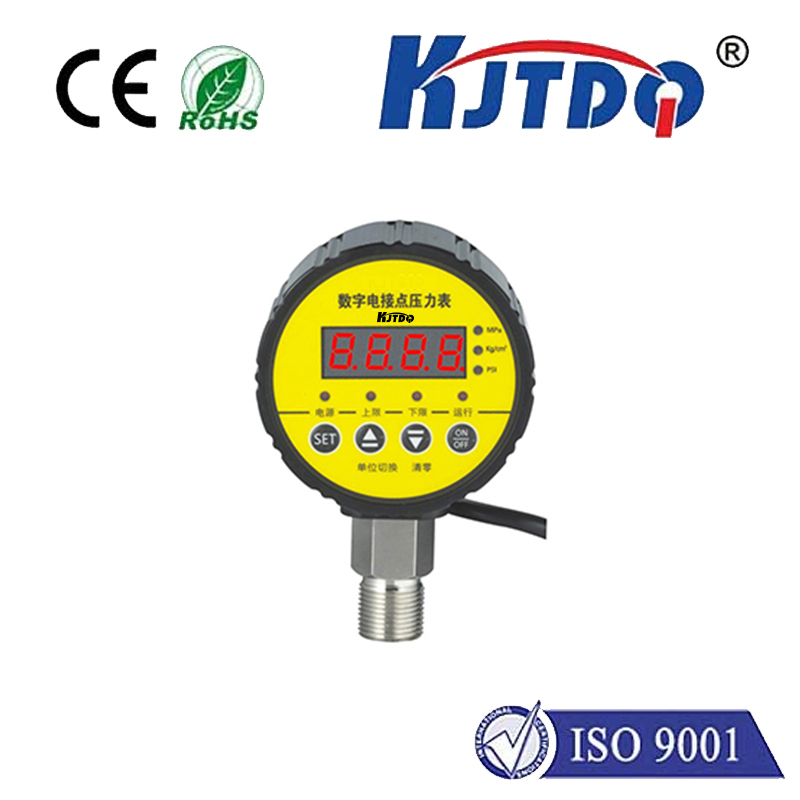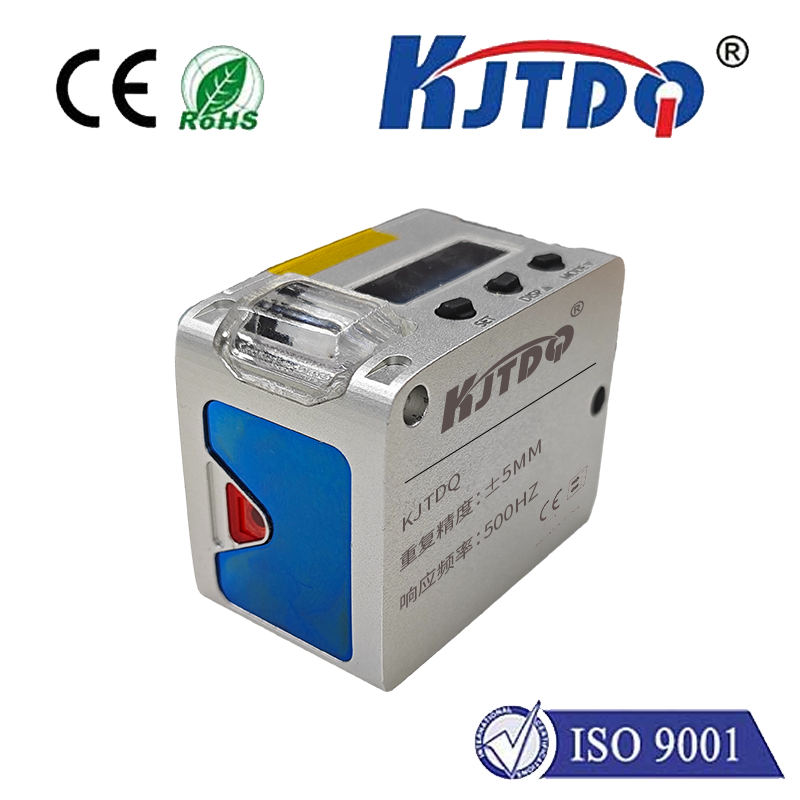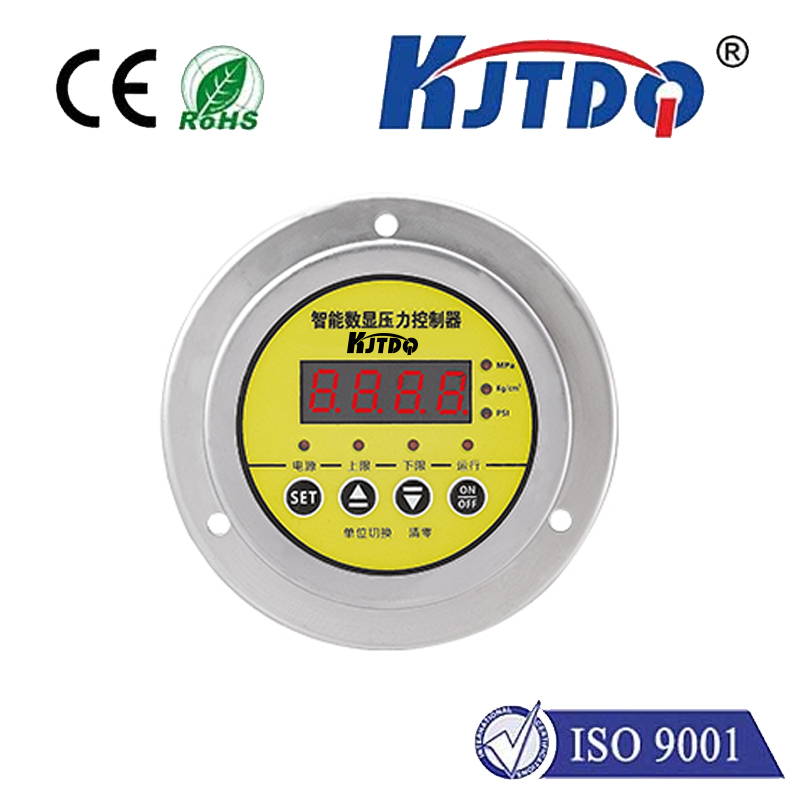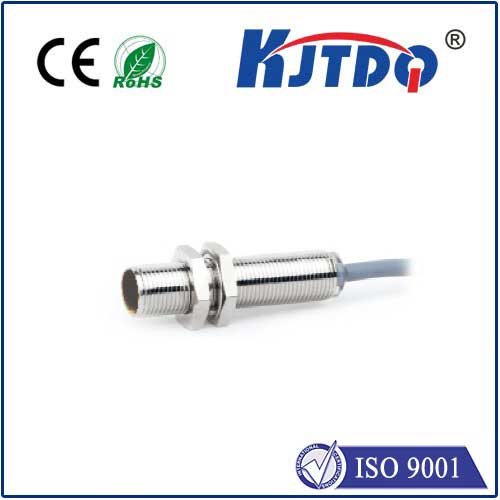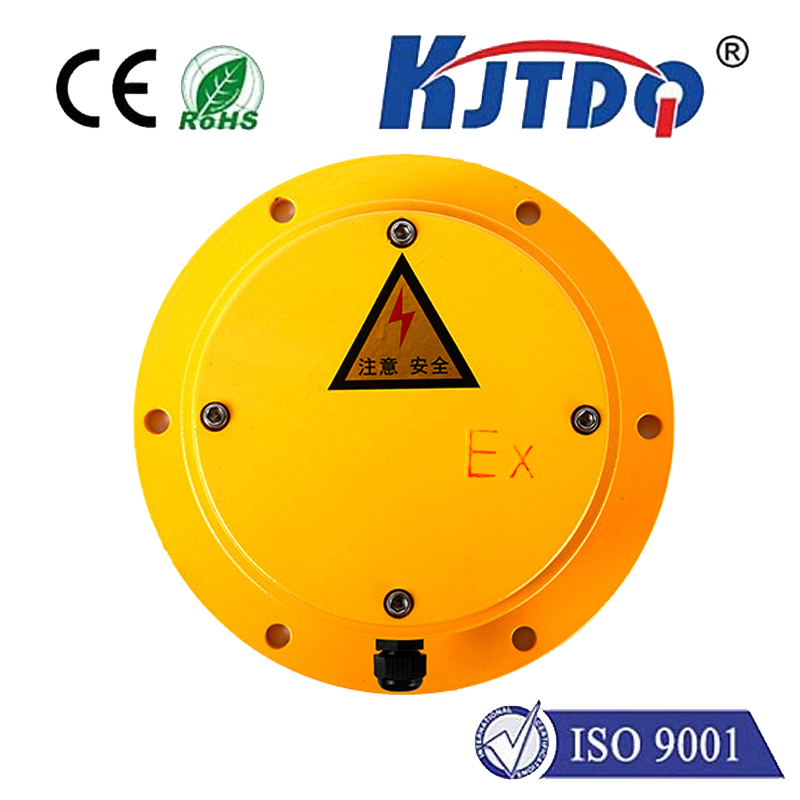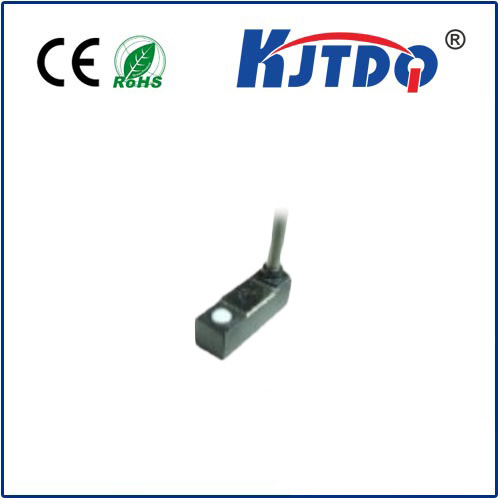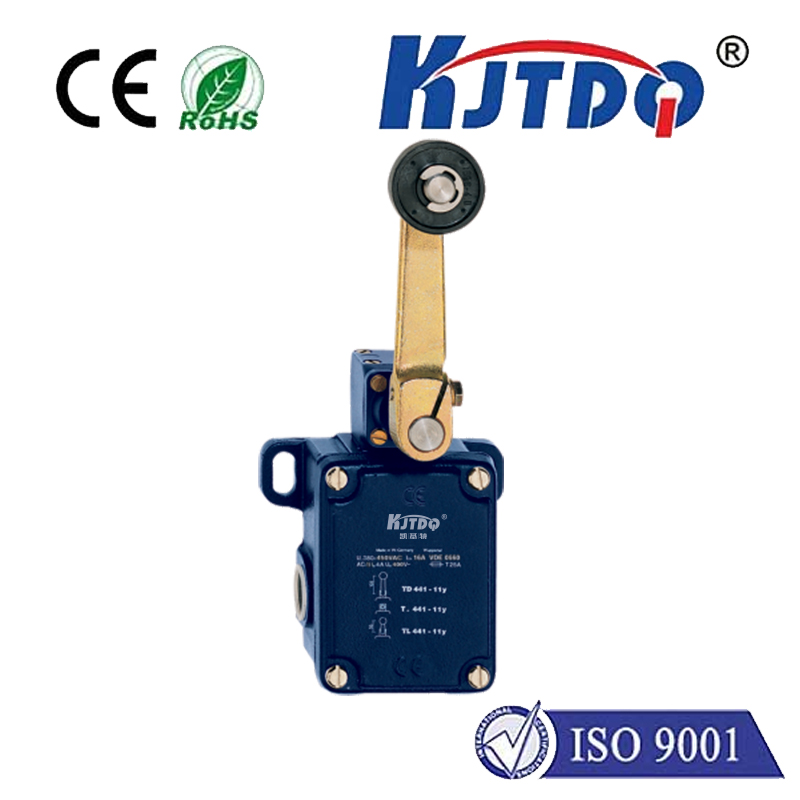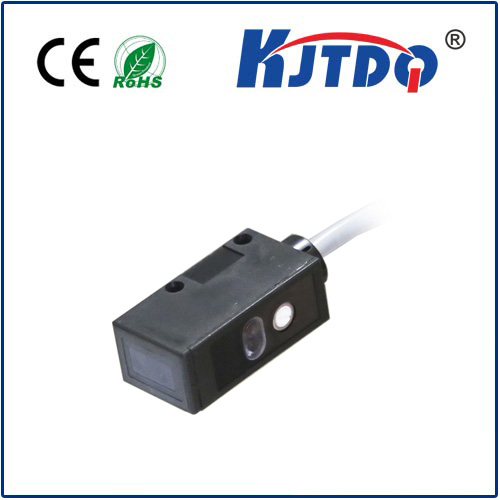

check

check

check

check

check

check

check

check

check

check
In recent years, the advancement of technology has brought forth numerous breakthroughs that have transformed various industries. One such innovation is the unshielded proximity sensor, which holds immense potential in revolutionizing the way we live our daily lives. This article aims to explore the capabilities of unshielded proximity sensors and their implications for the future.
Introduction
The use of unshielded proximity sensors has become increasingly popular in various fields, including healthcare, transportation, and security. These sensors are designed to detect and measure distances between two objects, even when they are in contact. The absence of a physical barrier between the objects being measured allows for more accurate and reliable measurements. In this article, we will delve into the unique features and benefits of unshielded proximity sensors and their potential applications.
Detection of Objects at All Angles
One of the key advantages of unshielded proximity sensors is their ability to detect objects at all angles. Traditional proximity sensors often require an object to be placed parallel to each other for accurate measurement. However, unshielded proximity sensors can detect objects from any angle, making them versatile and adaptable across different industries. This feature makes them particularly useful in applications such as robotics, where robots need to navigate around obstacles and interact with multiple objects.
Enhanced Accuracy and Sensitivity
Another significant benefit of unshielded proximity sensors is their enhanced accuracy and sensitivity compared to traditional proximity sensors. Since these sensors do not require physical barriers, they can detect even slight changes in distance or position, leading to more precise measurements. Additionally, unshielded proximity sensors can operate over longer ranges without losing accuracy, making them ideal for long-distance communication systems, such as wireless networks.
Wide Range of Applications
Unshielded proximity sensors have a wide range of applications across various industries, including healthcare, transportation, and security. In healthcare, these sensors can be used to monitor patient vital signs remotely, enabling doctors to provide timely care even when physically distant. In transportation, unshielded proximity sensors can be integrated into vehicles to enhance safety and reduce accidents caused by human error. In security, these sensors can be used to detect intruders and monitor public spaces for potential threats.
Conclusion
As technology continues to evolve, the potential of unshielded proximity sensors remains limitless. Their ability to detect objects at all angles, enhance accuracy and sensitivity, and offer a wide range of applications make them a valuable asset in numerous industries. As we look towards the future, it is clear that unshielded proximity sensors will play an integral role in shaping our world and improving the quality of life for people everywhere.
